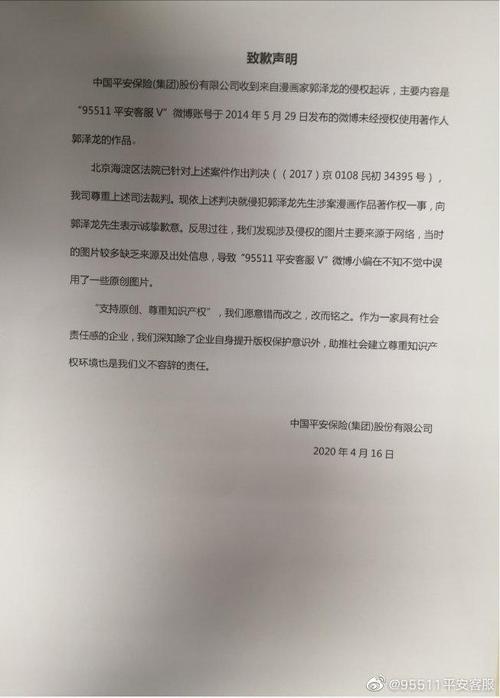中韩足球赛结果如何
Title: Analysis and Implications of the Asian Cup Results in Chinese and South Korean Football
Introduction
The Asian Cup serves as a battleground for football supremacy among Asian nations, showcasing talent, strategy, and national pride. In this analysis, we delve into the outcomes of the Asian Cup matches involving China and South Korea, dissecting the performances, identifying key trends, and discussing the implications for both countries' football landscapes.
China's Performance
China's performance in the Asian Cup reflects its ongoing efforts to establish itself as a footballing powerhouse in Asia. Despite facing formidable opponents, such as Japan and Iran, China showcased glimpses of promise but ultimately fell short of expectations. The team's journey through the tournament highlighted both strengths and weaknesses.
In terms of strengths, China demonstrated solid defensive organization and disciplined gameplay, often frustrating opponents with wellstructured defensive lines and timely interceptions. Additionally, the team displayed flashes of creativity and attacking prowess, particularly through setpiece situations and counterattacks.
However, China's weaknesses were also apparent, especially in offensive consistency and clinical finishing. The team struggled to convert scoring opportunities into goals, relying heavily on individual moments of brilliance rather than cohesive team play in the final third. This lack of offensive efficiency proved costly in crucial matches, ultimately contributing to China's early exit from the tournament.
South Korea's Performance
In contrast to China, South Korea entered the Asian Cup with higher expectations, given its rich footballing history and recent successes in international competitions. The team aimed to reaffirm its status as a regional powerhouse and vie for the championship title.
South Korea's performance in the Asian Cup was characterized by a blend of experience and youthful talent, with established veterans complemented by emerging stars. The team showcased fluid attacking movements, technical proficiency, and a relentless work ethic throughout the tournament.
One of South Korea's key strengths was its ability to control possession and dictate the tempo of matches, often overwhelming opponents with quick passing combinations and dynamic attacking runs. Moreover, the team exhibited resilience and mental fortitude in highpressure situations, rallying from behind and securing crucial victories through collective effort and tactical adaptability.
However, South Korea also faced challenges, particularly in defensive organization and susceptibility to counterattacks. Despite possessing individual talent in defense, lapses in concentration and defensive miscues exposed vulnerabilities that opponents capitalized on.
Implications and Future Directions
The outcomes of the Asian Cup hold significant implications for both Chinese and South Korean football, influencing future strategies, player development initiatives, and managerial decisions.

For China, the tournament serves as a learning experience and a catalyst for introspection. The team must address deficiencies in offensive efficiency and tactical cohesion while nurturing young talent and fostering a culture of innovation and adaptability within the domestic football infrastructure.
In contrast, South Korea's performance reaffirms its status as a regional footballing powerhouse but also underscores the need for continued evolution and improvement. The team must build upon its strengths while shoring up defensive vulnerabilities and promoting greater synergy between experienced veterans and emerging talents.
Overall, the Asian Cup results provide valuable insights for Chinese and South Korean football stakeholders, guiding them towards a path of sustained success and competitiveness on the continental and global stage.
Conclusion
In conclusion, the Asian Cup serves as a platform for Asian nations to showcase their footballing prowess and compete for regional supremacy. China and South Korea's performances in the tournament reflect their respective strengths, weaknesses, and areas for improvement. By analyzing these outcomes and drawing insights, both countries can chart a course towards sustained success and elevate their footballing stature on the global stage.











